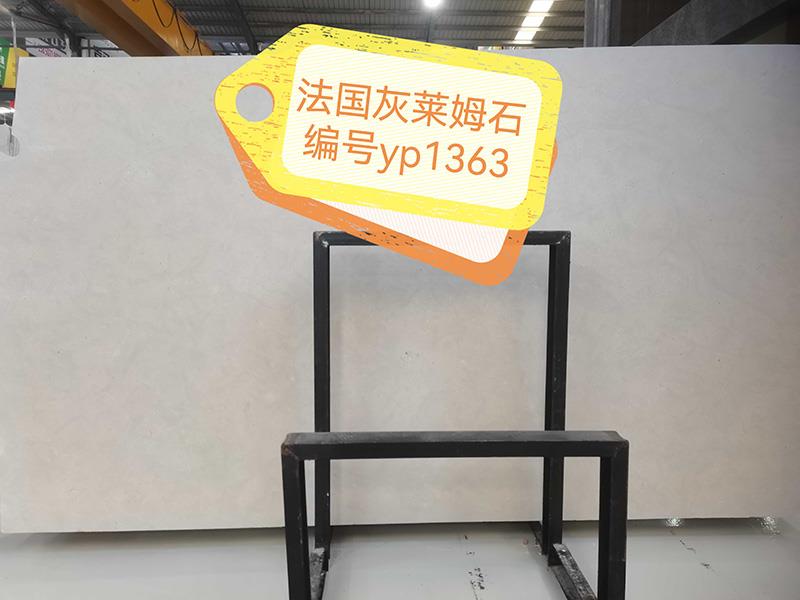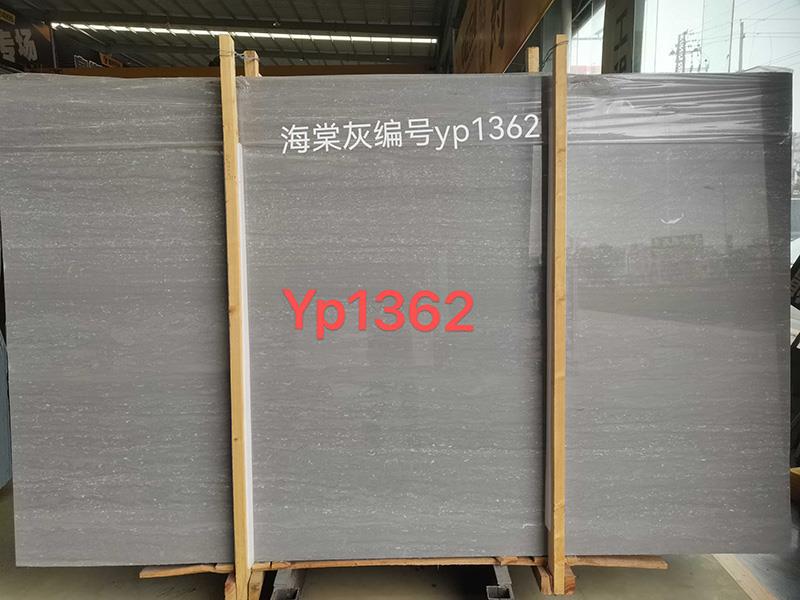The Understated Elegance of Beige Marble
Publish:2025-04-26 11:04:05 Source:New Lucky Stone Corporation (中菲传美)
Beige marble, with its warm, neutral tones and natural veining, has long been a favored choice in architecture and interior design. This versatile stone combines durability with aesthetic appeal, making it suitable for both residential and commercial applications.
Characteristics & Formation
Beige marble is a metamorphic rock formed from recrystallized limestone under intense heat and pressure. Its distinctive features include:
- Subtle Color Variations: Ranges from pale cream to rich taupe
- Organic Veining: Delicate gray, gold, or brown striations
- Natural Texture: Polished finishes enhance its luminosity, while honed surfaces provide a matte look
Technical Properties
- Hardness: 3–4 on the Mohs scale (moderate durability)
- Porosity: Requires sealing to prevent staining
- Thermal Stability: Suitable for heated flooring systems
Applications in Design
1. Flooring & Wall Cladding
- Creates seamless, expansive surfaces in lobbies and living spaces
- Light-reflective properties brighten interiors naturally
2. Countertops & Vanities
- Complements both traditional and contemporary cabinetry
- Acid-sensitive (avoid direct contact with citrus or vinegar)
3. Architectural Details
- Columns, fireplace surrounds, and stair treads
- Often paired with dark wood or brushed metal accents
Maintenance Considerations
- Regular Sealing: Recommended every 6–12 months for high-traffic areas
- Cleaning: pH-neutral stone cleaners only; avoid abrasive tools
- Repairability: Minor scratches can be professionally refinished
Notable Varieties
- Crema Marfil (Spain): Uniform beige with faint veining
- Bianco Carrara (Italy): Cool-toned with dramatic gray streaks
- Jerusalem Stone (Middle East): Golden undertones and dense grain
Beige marble’s timeless sophistication ensures its continued relevance in design. When properly maintained, it develops a patina that enhances—rather than diminishes—its character over decades of use.
Characteristics & Formation
Beige marble is a metamorphic rock formed from recrystallized limestone under intense heat and pressure. Its distinctive features include:
- Subtle Color Variations: Ranges from pale cream to rich taupe
- Organic Veining: Delicate gray, gold, or brown striations
- Natural Texture: Polished finishes enhance its luminosity, while honed surfaces provide a matte look
Technical Properties
- Hardness: 3–4 on the Mohs scale (moderate durability)
- Porosity: Requires sealing to prevent staining
- Thermal Stability: Suitable for heated flooring systems
Applications in Design
1. Flooring & Wall Cladding
- Creates seamless, expansive surfaces in lobbies and living spaces
- Light-reflective properties brighten interiors naturally
2. Countertops & Vanities
- Complements both traditional and contemporary cabinetry
- Acid-sensitive (avoid direct contact with citrus or vinegar)
3. Architectural Details
- Columns, fireplace surrounds, and stair treads
- Often paired with dark wood or brushed metal accents
Maintenance Considerations
- Regular Sealing: Recommended every 6–12 months for high-traffic areas
- Cleaning: pH-neutral stone cleaners only; avoid abrasive tools
- Repairability: Minor scratches can be professionally refinished
Notable Varieties
- Crema Marfil (Spain): Uniform beige with faint veining
- Bianco Carrara (Italy): Cool-toned with dramatic gray streaks
- Jerusalem Stone (Middle East): Golden undertones and dense grain
Beige marble’s timeless sophistication ensures its continued relevance in design. When properly maintained, it develops a patina that enhances—rather than diminishes—its character over decades of use.
Hot News
-
The Understated Elegance of Beige Marble
Beige marble, with its warm, neutral tones and natural veining, has long been a favored choice in architecture and interior design. This versatile stone combines durability with aesthetic appeal, making it suitable for both residential and commercial applications. Characteristics & F…
-
Marble: A Stone of Eternal Beauty and Human Ingenuity
For millennia, marble has captivated civilizations as both a material of artistic expression and a symbol of luxury. Formed deep within Earth’s crust over eons, this metamorphic rock has played a pivotal role in shaping architecture, sculpture, and cultural heritage. Its veined elegance and …
-
Is the material yield of natural stone 80% reasonable?
From last century is engaged in stone material industry to begin, a lot of stone material production enterprise cuts the rate of specification board to press 80% quotation when the project is quoted, at that time this principle does not know is that enterprise puts forward first, anyway it is to quot…




 Home > News > Industry news
Home > News > Industry news






 闽公网安备35020602002264号
闽公网安备35020602002264号